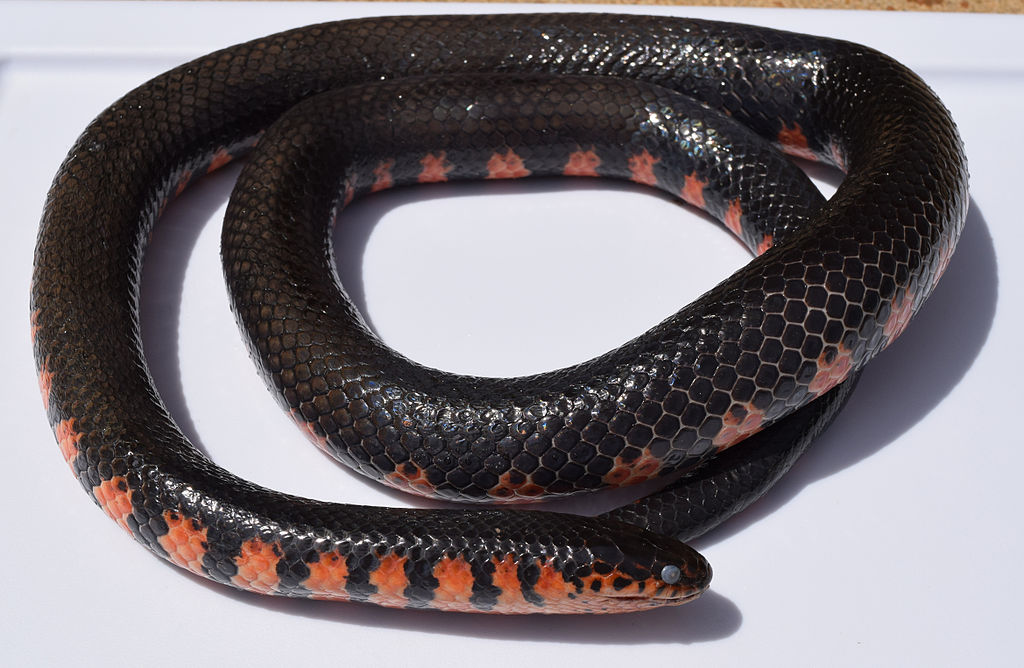In the fascinating world of predator-prey relationships, venomous snakes stand out as remarkable evolutionary success stories. Their ability to subdue prey through sophisticated venom delivery systems has made them apex predators in many ecosystems. However, nature rarely provides one-sided advantages, and many prey species have developed resistance to snake venoms over millions of years of evolutionary arms races. This raises an intriguing question: Can venomous snakes detect when their potential prey might be immune to their venom? This complex question touches on snake cognition, hunting behavior, evolutionary adaptations, and the delicate balance of predator-prey dynamics in various ecosystems worldwide.
The Evolutionary Arms Race Between Snakes and Their Prey
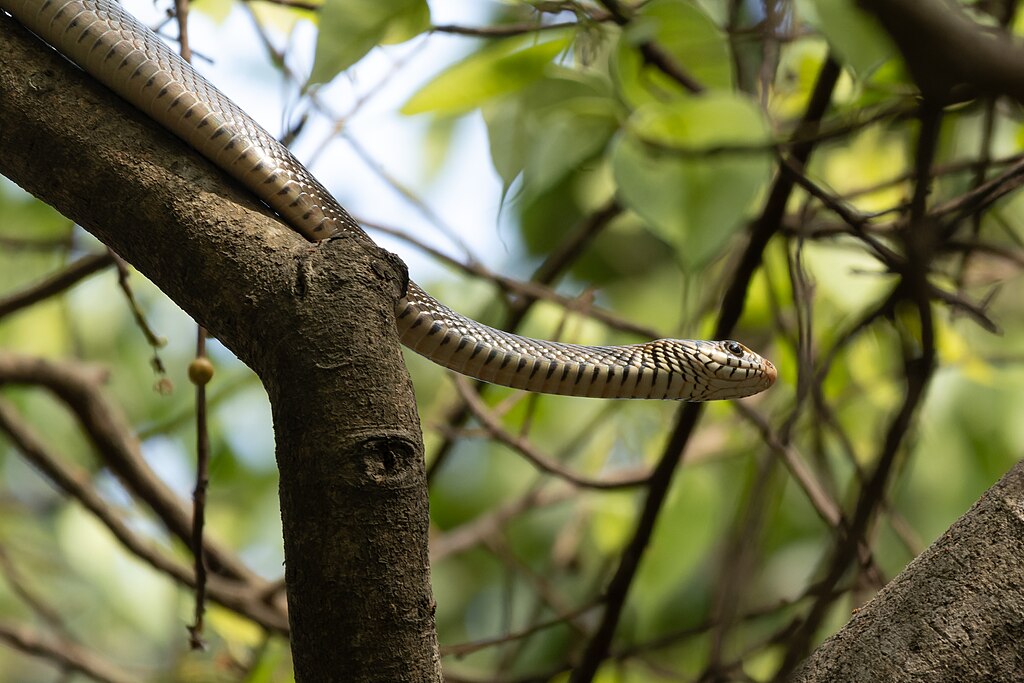
The relationship between venomous snakes and their prey represents one of nature’s most fascinating evolutionary arms races. As snakes evolved increasingly sophisticated venoms to immobilize and digest prey, certain prey species developed physiological defenses against these toxins. This back-and-forth adaptation has occurred over millions of years, with some species like opossums, mongooses, and certain ground squirrels developing remarkable resistance to snake venoms. The biological mechanisms of this resistance vary across species but often involve specialized proteins that bind to venom components and neutralize them before they can cause damage. This ongoing evolutionary contest has produced a complex interplay of attack and defense mechanisms that continues to develop in real-time across various ecosystems.
How Snake Venom Works as a Predatory Adaptation
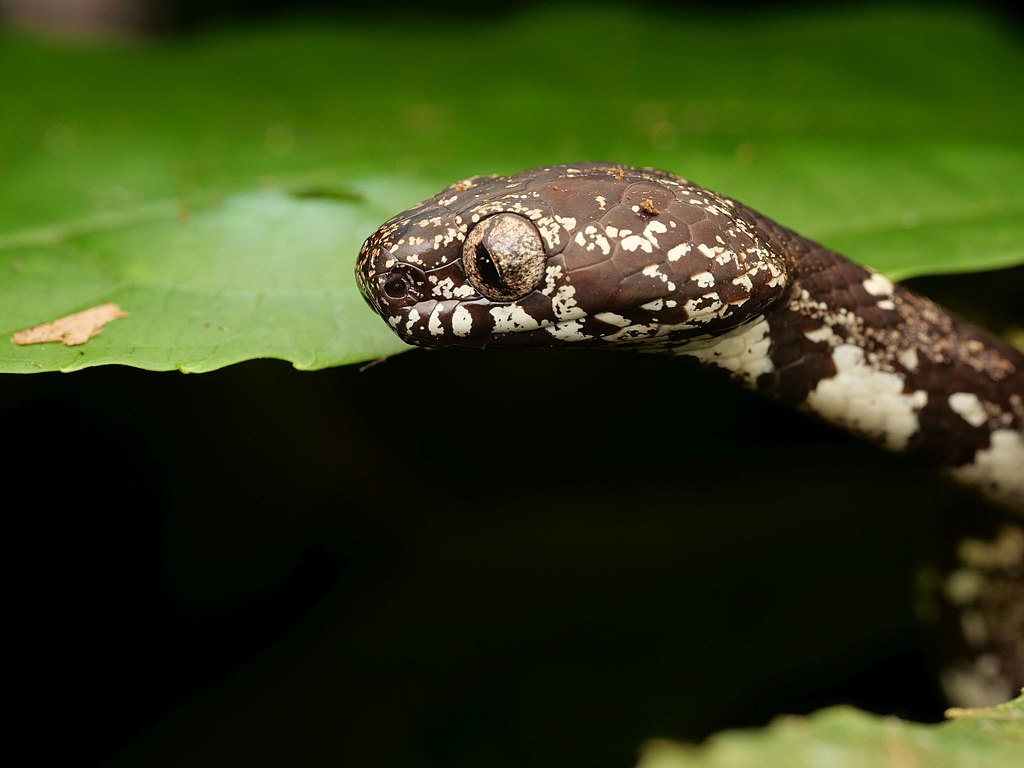
Snake venom is far more complex than a simple poison—it’s a sophisticated biochemical cocktail specifically evolved for hunting. Most venoms contain dozens to hundreds of different toxins, enzymes, and proteins that target multiple physiological systems simultaneously in prey animals. These components can destroy tissue, disrupt blood clotting, attack the nervous system, or break down cellular structures to aid in digestion. The composition of venom varies dramatically between snake species, reflecting their evolutionary history and the types of prey they typically hunt. For example, rattlesnake venom contains hemotoxins that destroy tissue and aid in digestion, while cobra venom includes neurotoxins that rapidly paralyze prey by blocking nerve signals. This diversity of venom compositions provides venomous snakes with efficient hunting tools tailored to their specific ecological niches.
Prey Animals with Natural Immunity to Snake Venom
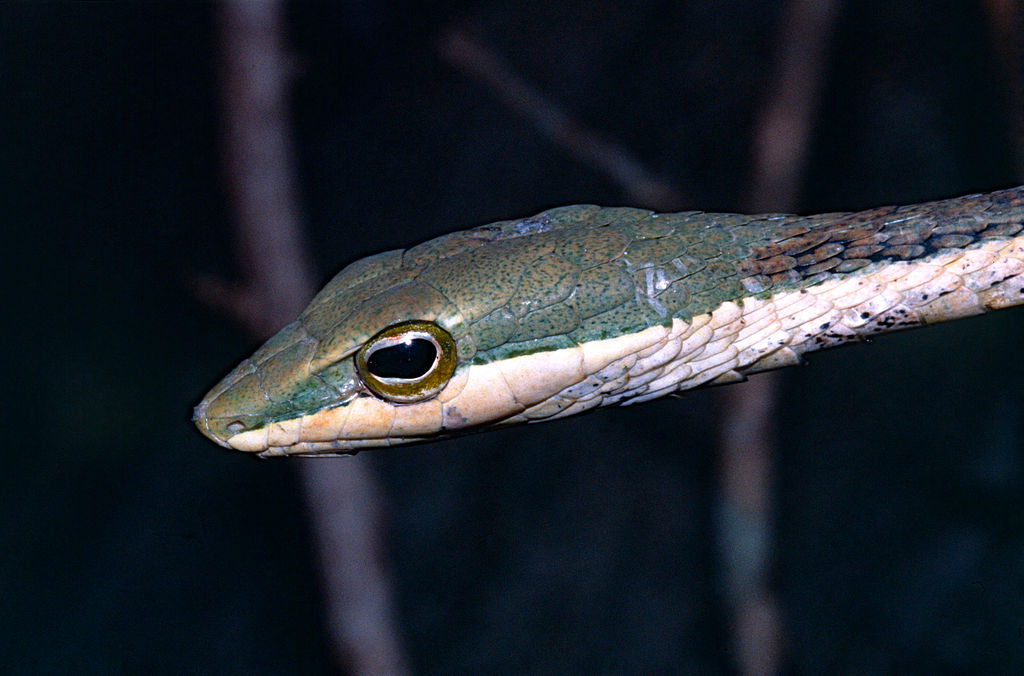
Several animal species have evolved remarkable resistance to snake venom, creating natural immunity that serves as a powerful defense mechanism. The North American opossum produces a specialized protein called Lethal Toxin-Neutralizing Factor (LTNF) that can neutralize a wide variety of venoms, making them virtually immune to rattlesnake bites. Mongooses, famous for their snake-hunting abilities, possess modified acetylcholine receptors that prevent certain neurotoxins in cobra venom from binding effectively. California ground squirrels have developed partial resistance to rattlesnake venom through specialized blood proteins that neutralize specific venom components. Honey badgers also demonstrate significant venom resistance, allowing them to prey on venomous snakes with minimal consequences. These adaptations didn’t develop overnight—they represent millions of years of natural selection in response to the constant threat of envenomation.
Snake Sensory Systems and Prey Detection

Venomous snakes employ an impressive array of sensory adaptations to locate, identify, and assess potential prey. Most snake species rely heavily on their sense of smell, using their forked tongues to collect scent particles and deliver them to the vodonasal organ (Jacobson’s organ) in the roof of their mouth for analysis. Pit vipers, including rattlesnakes and copperheads, possess specialized heat-sensing pits between their eyes and nostrils that function essentially as infrared detectors, allowing them to detect the body heat of warm-blooded prey with remarkable precision. Many snakes also utilize vision to varying degrees, with some species having excellent eyesight while others rely more on movement detection. Additionally, snakes can detect vibrations through their jawbones, which transmit ground movements to their inner ears. This multi-sensory approach to prey detection allows venomous snakes to build a comprehensive picture of their potential targets.
Evidence for Snake Recognition of Immune Prey
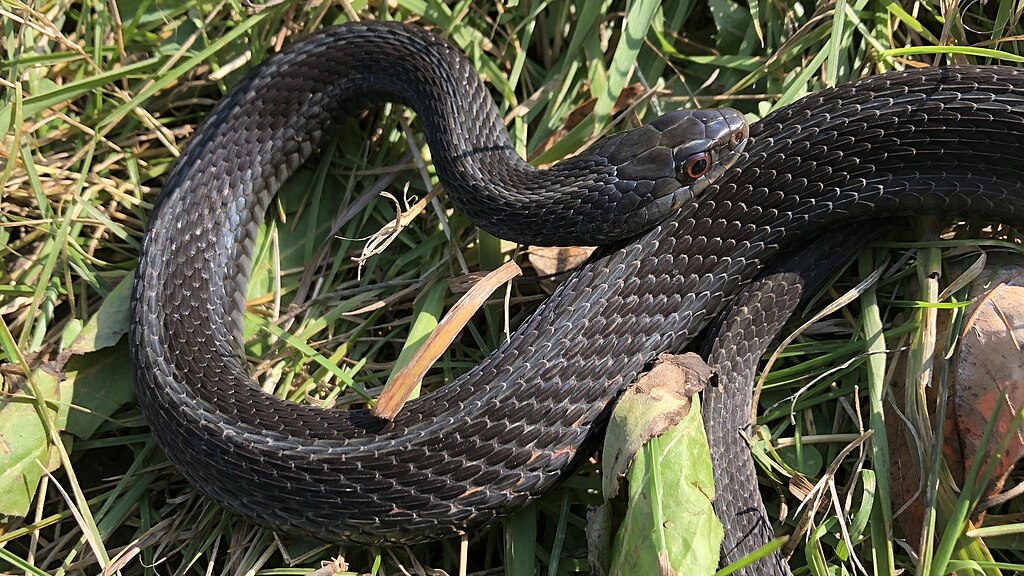
Research examining whether snakes can identify venom-resistant prey has yielded intriguing but incomplete evidence. A notable study with California ground squirrels and northern Pacific rattlesnakes found that rattlesnakes appeared less aggressive toward adult squirrels from populations with high venom resistance compared to juvenile squirrels or those from non-resistant populations. Another research project demonstrated that copperheads would sometimes abandon predatory behavior after striking certain venom-resistant prey species, suggesting some form of recognition or learning. Timber rattlesnakes have been observed modifying their striking behavior when encountering eastern hognose snakes, which possess partial venom immunity. While these observations hint at recognition abilities, distinguishing between innate recognition and learned avoidance remains challenging for researchers. The evidence suggests that some snake species may indeed have mechanisms to identify prey likely to be resistant to their venom, though the exact sensory and cognitive processes remain incompletely understood.
The Role of Chemical Cues in Prey Assessment

Chemical signals play a crucial role in how venomous snakes evaluate potential prey, including possibly assessing venom resistance. Snakes have an extraordinary chemosensory system centered around their vomeronasal organ, which can detect and analyze complex chemical signatures from prey animals. Research suggests that immune prey species may emit distinctive chemical markers that snakes can potentially detect during the hunting process. In laboratory studies, rattlesnakes showed different tongue-flicking patterns when exposed to the scent of venom-resistant versus vulnerable prey species, indicating possible chemical discrimination. Some scientists hypothesize that proteins or metabolites associated with venom resistance mechanisms might create a distinctive chemical signature that snakes can detect through their sophisticated olfactory systems. These chemical cues could potentially allow snakes to make rapid assessments about whether a potential prey item is worth the energy expenditure of envenomation and pursuit.
Behavioral Adaptations of Snakes When Facing Immune Prey
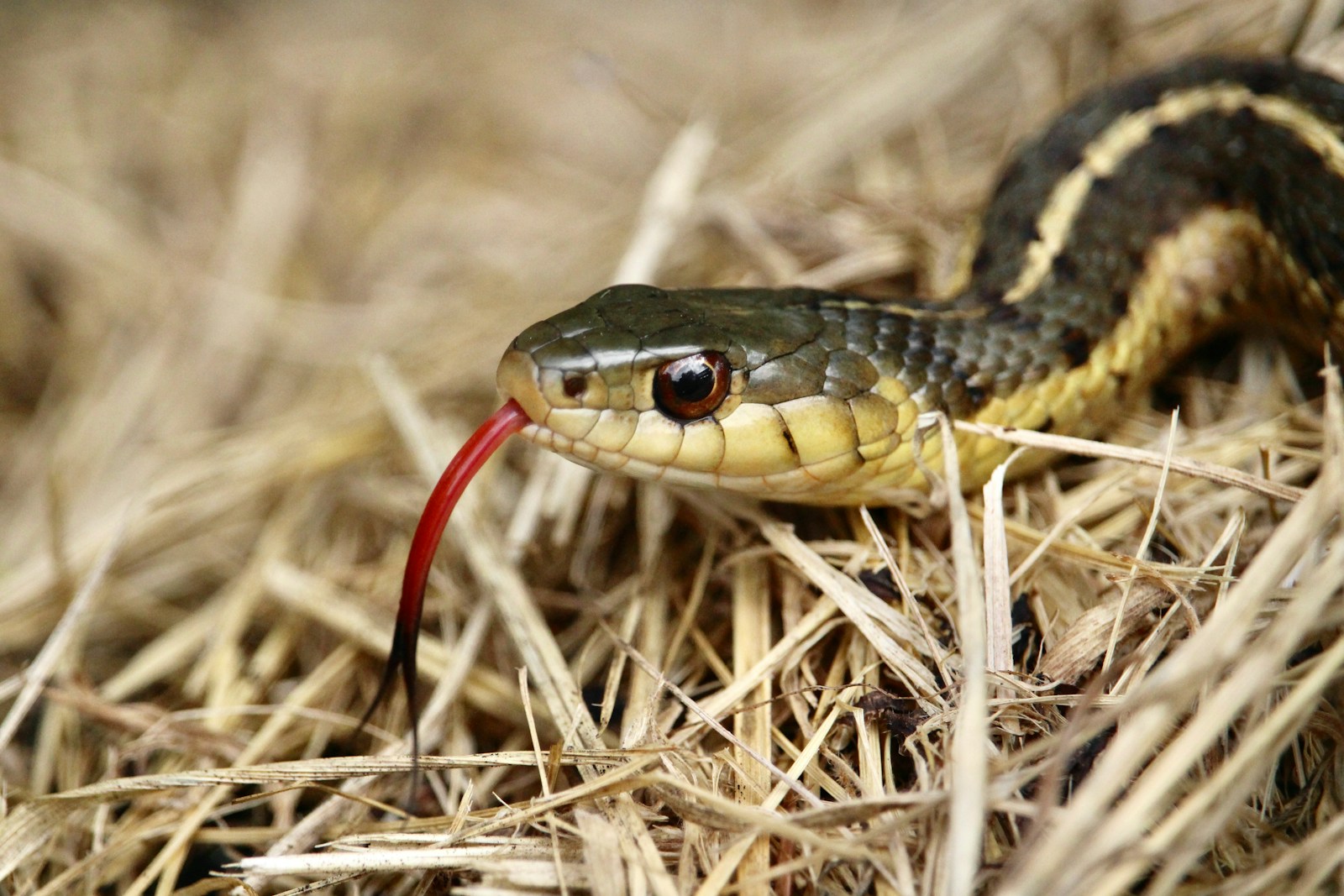
When venomous snakes encounter prey species with venom resistance, they often display notable modifications in their hunting behaviors. Some rattlesnake species have been observed altering their strike patterns when targeting resistant ground squirrels, employing more mechanical damage through precision strikes to vital areas rather than relying primarily on venom effects. Cobras facing mongoose opponents may utilize their impressive hood displays and defensive posturing more extensively, attempting to intimidate rather than immediately strike. Certain pit vipers demonstrate increased persistence in tracking resistant prey after initial strikes, seemingly compensating for reduced venom effectiveness with more determined pursuit behaviors. These behavioral adaptations suggest that venomous snakes possess some flexibility in their hunting strategies and can adjust their approach when standard envenomation tactics prove less effective against resistant prey species.
Learning and Memory in Venomous Snakes

Contrary to popular misconceptions about reptilian intelligence, venomous snakes possess significant learning and memory capabilities that may influence their interactions with immune prey. Research has demonstrated that rattlesnakes can remember specific locations where they’ve successfully hunted for up to several months, suggesting substantial spatial memory. Captive studies have shown that many venomous snake species can learn to associate particular visual or olfactory cues with feeding opportunities or threats through classical conditioning. This learning ability extends to potential recognition of previously encountered resistant prey individuals or species. A fascinating study with timber rattlesnakes showed they could learn to avoid striking at certain venom-resistant snake species after initial unsuccessful predation attempts, indicating adaptive learning in hunting contexts. These cognitive abilities suggest that even if snakes don’t innately recognize immune prey, they may be capable of learning which prey types resist their venom through experience.
The Cost-Benefit Analysis of Venom Production
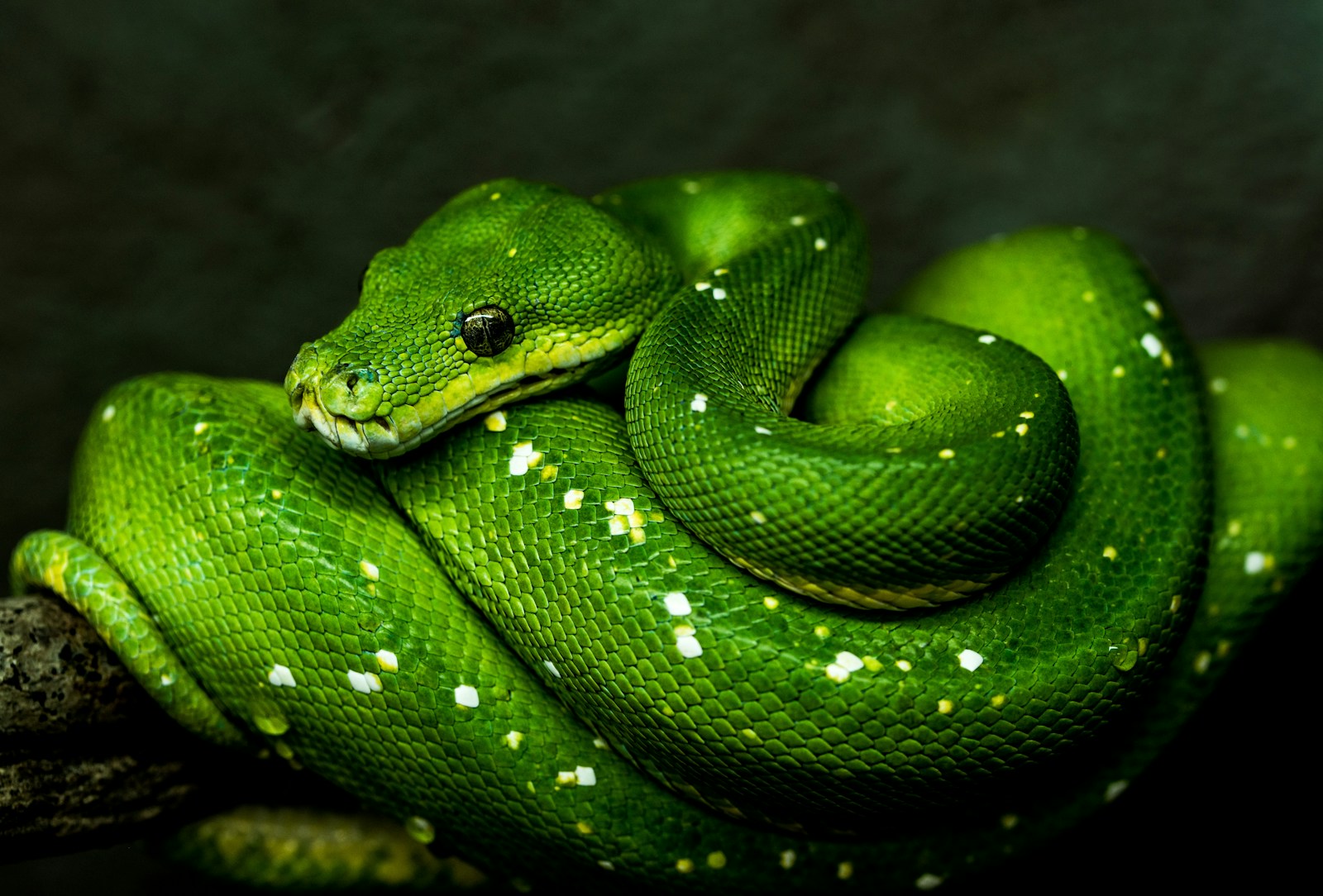
Venom production represents a significant metabolic investment for snakes, creating evolutionary pressure to use this resource efficiently. Studies have demonstrated that synthesizing and replenishing venom requires substantial energy and protein resources, with some estimates suggesting that venom gland maintenance accounts for up to 5% of a snake’s daily energy expenditure. This metabolic cost creates strong selective pressure for snakes to avoid wasting venom on prey unlikely to be subdued or on non-prey species. After a full venom discharge, many snake species require days or even weeks to fully replenish their venom supplies, potentially leaving them vulnerable or less effective hunters during this recovery period. The high biological cost of venom likely contributes to the development of mechanisms that help snakes assess prey vulnerability before striking, including potential recognition of venom-resistant species that would represent poor targets for envenomation.
Geographic Variation in Snake-Prey Interactions
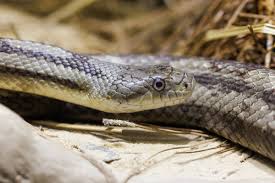
The relationship between venomous snakes and their immune prey shows fascinating geographic variation, reflecting localized evolutionary adaptations. In regions where certain resistant prey species are abundant, snake venom composition often shows evidence of evolutionary adaptation, with toxin profiles that may counteract specific resistance mechanisms. For example, rattlesnakes in areas with high populations of resistant ground squirrels sometimes evolve more potent or modified venom components compared to conspecifics in regions without resistant prey. Similarly, cobra populations that frequently encounter mongooses may develop venom variations that target the specific resistance mechanisms of local mongoose populations. These geographic variations create a patchwork of localized evolutionary arms races between predator and prey. Research has demonstrated that the recognition abilities of snakes may also vary geographically, with populations regularly encountering resistant prey potentially developing enhanced discrimination abilities compared to populations that rarely face such challenges.
Research Challenges in Studying Snake Cognition
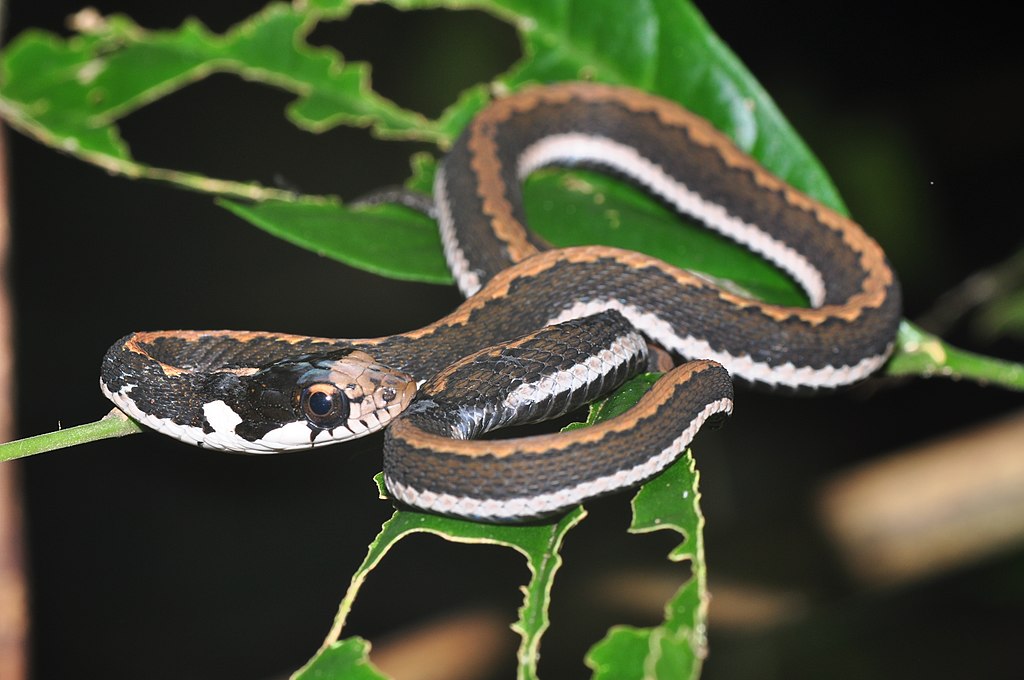
Scientists face numerous obstacles when investigating whether venomous snakes can recognize immune prey, making this a particularly challenging area of research. Conducting controlled experiments with venomous species presents significant safety concerns for researchers, often limiting the scale and scope of potential studies. The natural secretive behavior of many snake species makes observing authentic predatory decisions in wild settings exceptionally difficult, as human presence typically alters normal behavior patterns. Laboratory environments, while controlled, may not fully replicate the complex sensory information available to snakes in natural settings, potentially obscuring subtle recognition behaviors. Additionally, distinguishing between innate recognition abilities and learned avoidance based on past experiences requires sophisticated experimental designs that can be difficult to implement with dangerous animals. These challenges explain why our understanding of snake cognitive abilities regarding prey assessment remains incomplete despite significant scientific interest in the topic.
Implications for Conservation and Ecosystem Dynamics
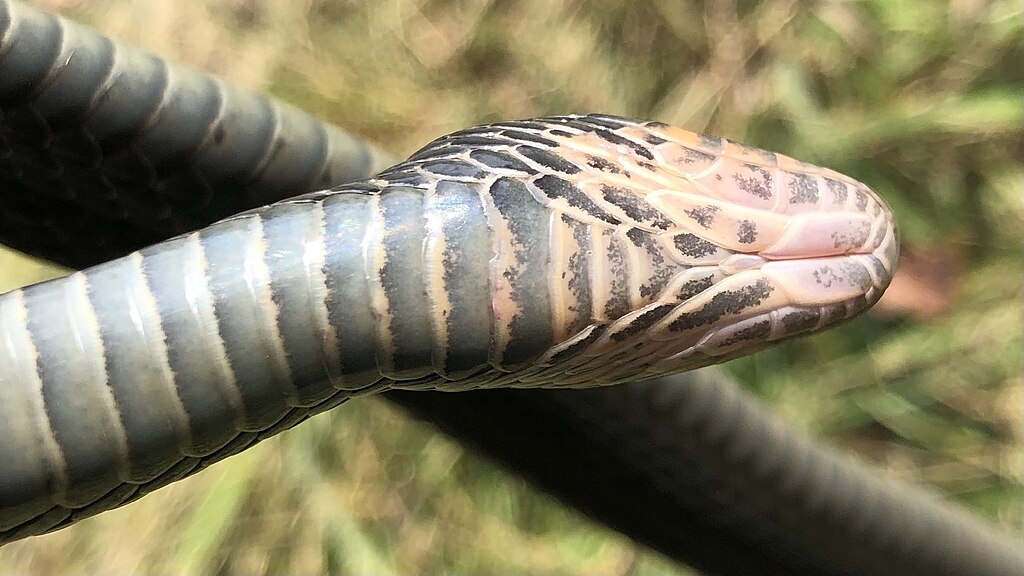
Understanding whether venomous snakes can recognize immune prey has important implications for conservation efforts and ecosystem management. In habitats where human activities have disrupted the delicate balance between venomous snakes and their resistant prey species, snake populations may face unexpected challenges if they cannot effectively identify alternative prey sources. Conservation strategies might need to consider these specialized predator-prey relationships when planning reintroduction efforts or habitat restoration projects. Furthermore, this knowledge contributes to our understanding of coevolutionary processes that maintain biodiversity within ecosystems, highlighting the interconnectedness of species through evolutionary adaptations. Climate change could potentially disrupt these finely tuned relationships by altering the geographic distributions of both snakes and their traditional prey species, forcing new interactions where recognition mechanisms might not yet have evolved. By appreciating these complex predator-prey dynamics, conservation biologists can develop more effective strategies to preserve both venomous snakes and the prey species that have evolved alongside them.
Conclusion
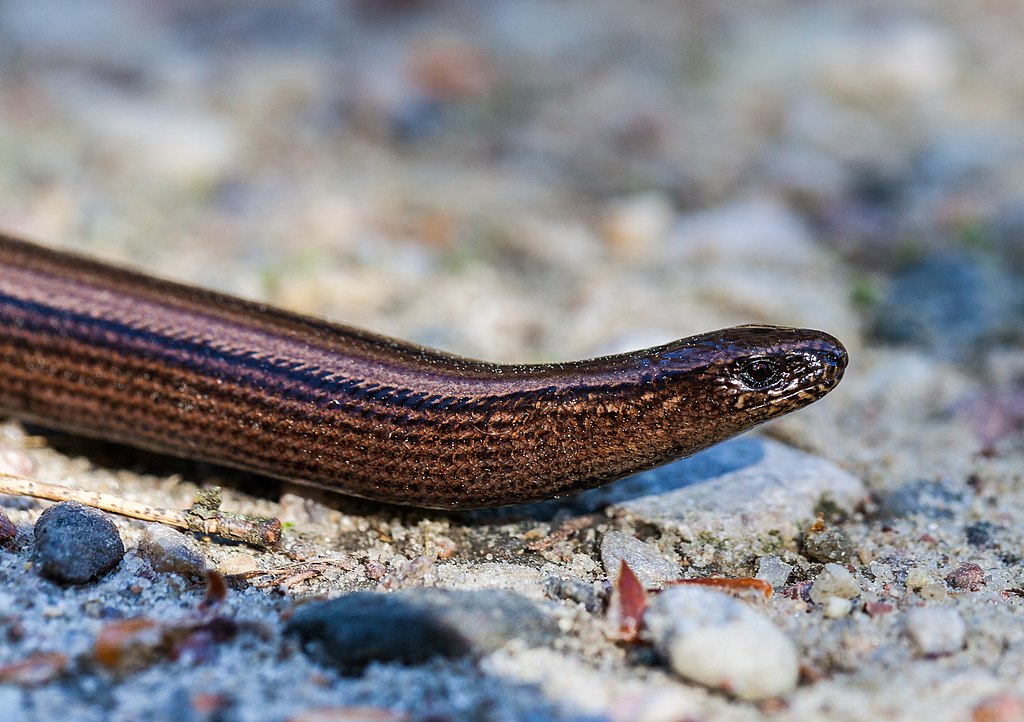
The question of whether venomous snakes can recognize immune prey remains partially answered in the scientific literature. While evidence suggests that many venomous snake species do demonstrate behaviors consistent with some ability to assess prey vulnerability, including potential venom resistance, the exact mechanisms remain unclear. This ability likely involves a complex interplay of chemical sensing, behavioral observation, and possibly learned associations rather than a single recognition system. The evolutionary pressures of venom production costs and the dangers of engaging with resistant prey provide strong incentives for such recognition abilities to develop. As research techniques advance and our understanding of reptile cognition deepens, we may gain clearer insights into these fascinating predator-prey dynamics. What remains certain is that the ongoing evolutionary arms race between venomous snakes and their prey continues to produce remarkable adaptations on both sides, showcasing nature’s incredible capacity for specialized evolutionary solutions.

